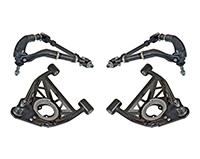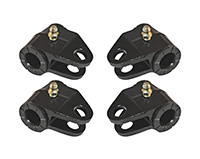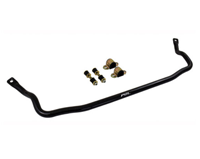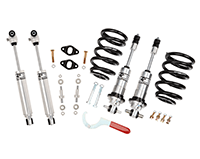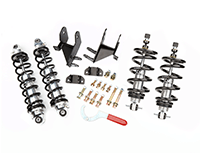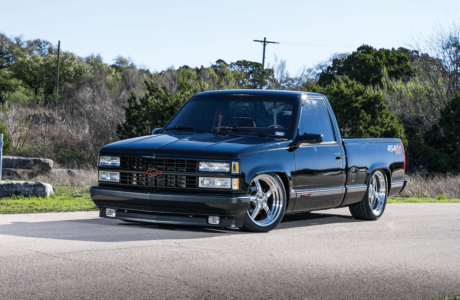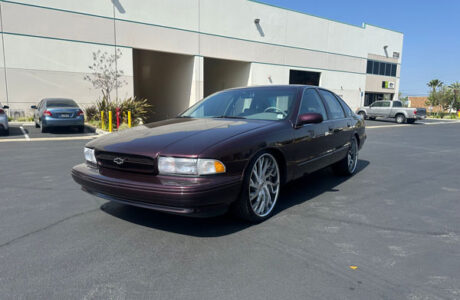The Ten Best Chevrolet Muscle Cars of the 1960s
The 1960s was a golden era for muscle cars, and Chevrolet played a pivotal role in shaping the landscape. With their powerful engines and bold designs, these muscle cars became icons of American automotive culture. In this article, we’ll dive into what we think are the ten best Chevrolet muscle cars of the 1960s, exploring what made each of them legendary.
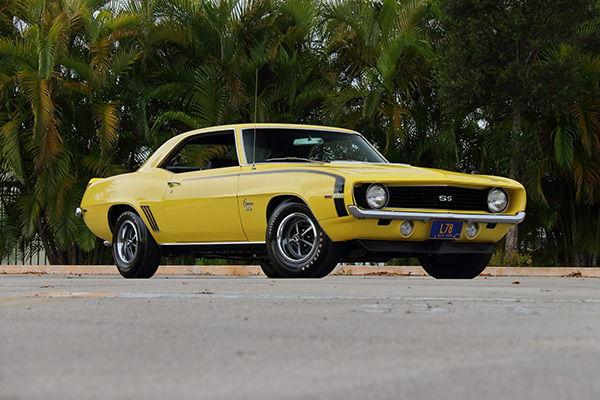
1963 Chevrolet Impala SS 409
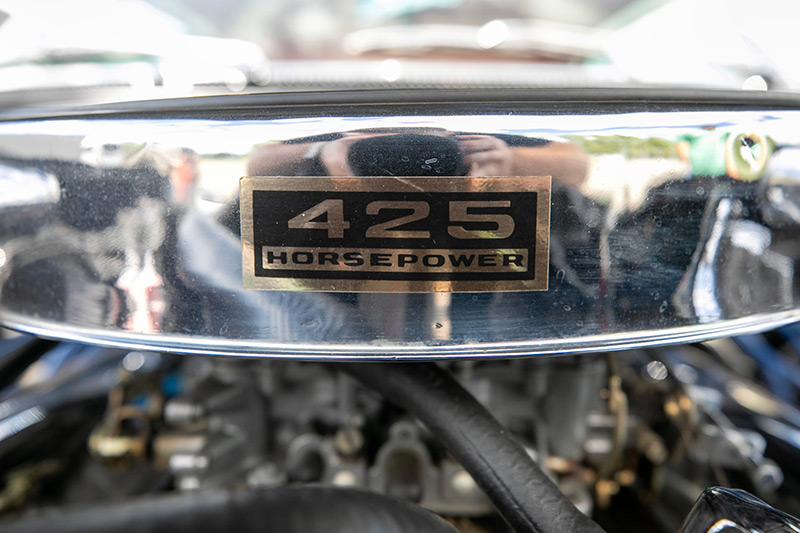
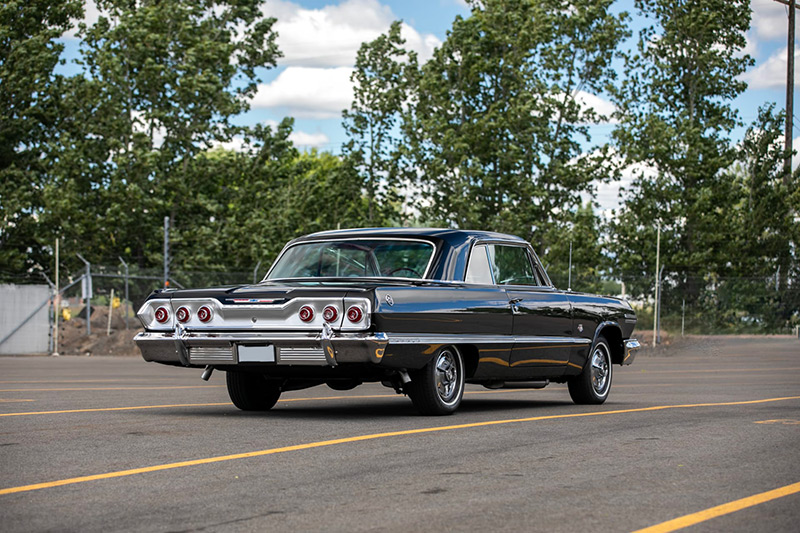
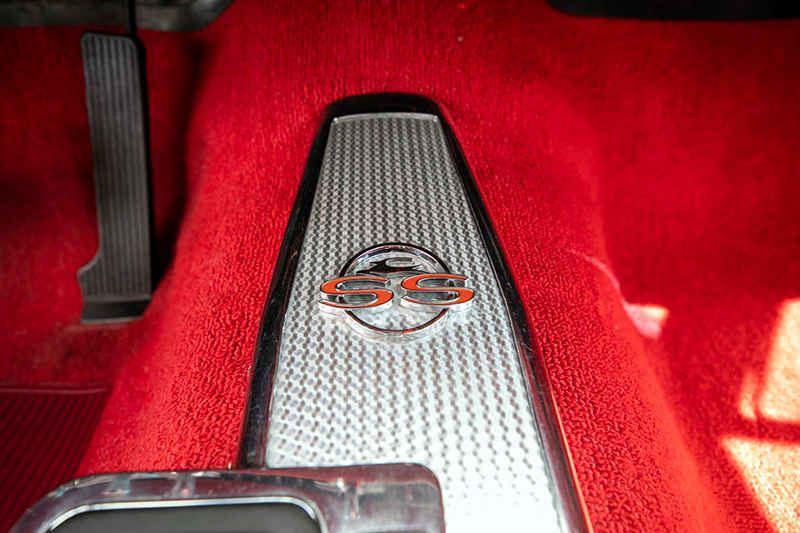
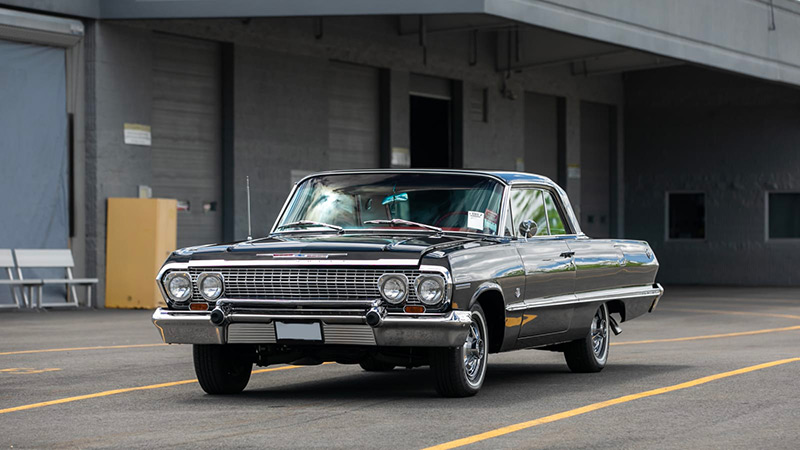
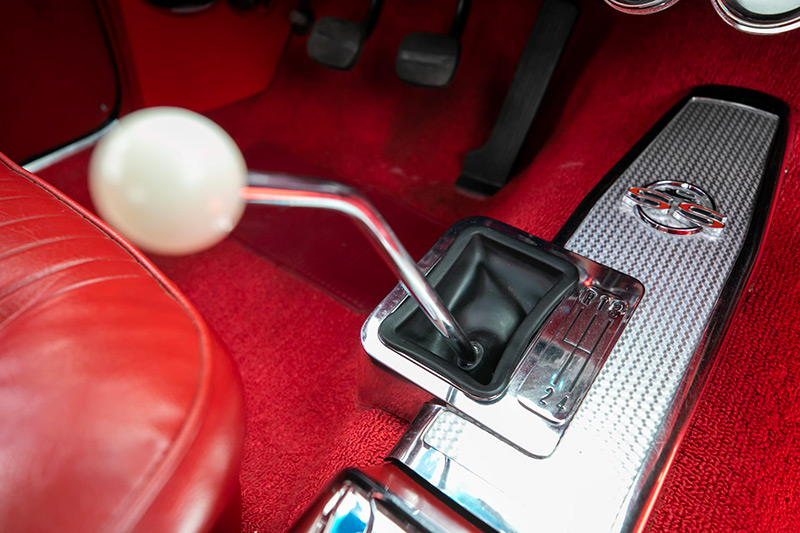
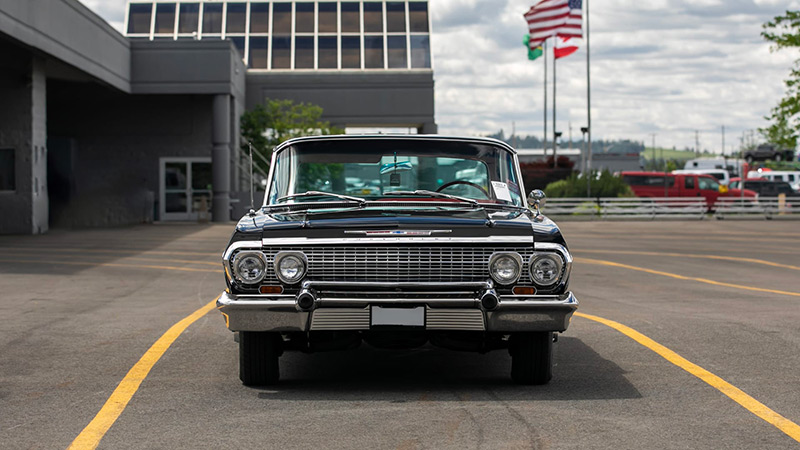
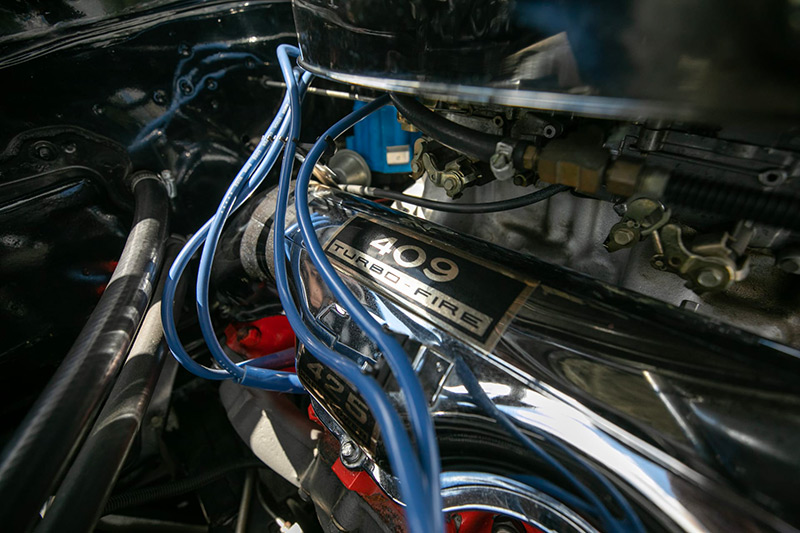
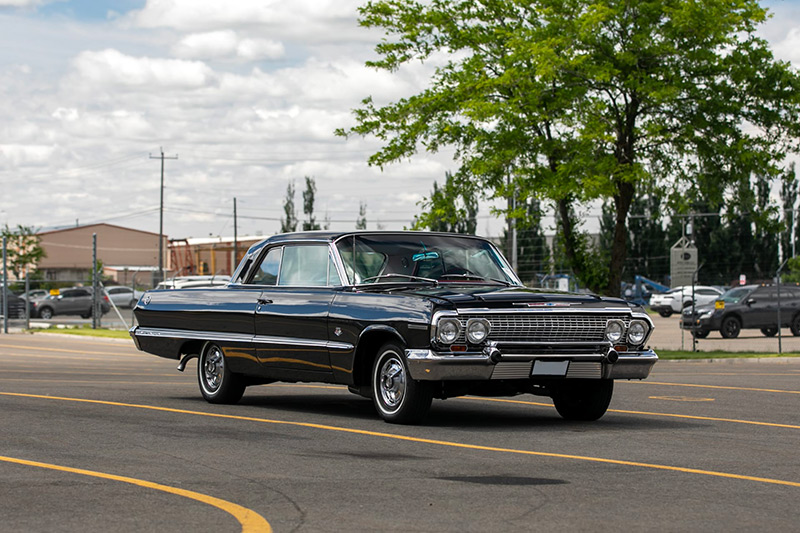
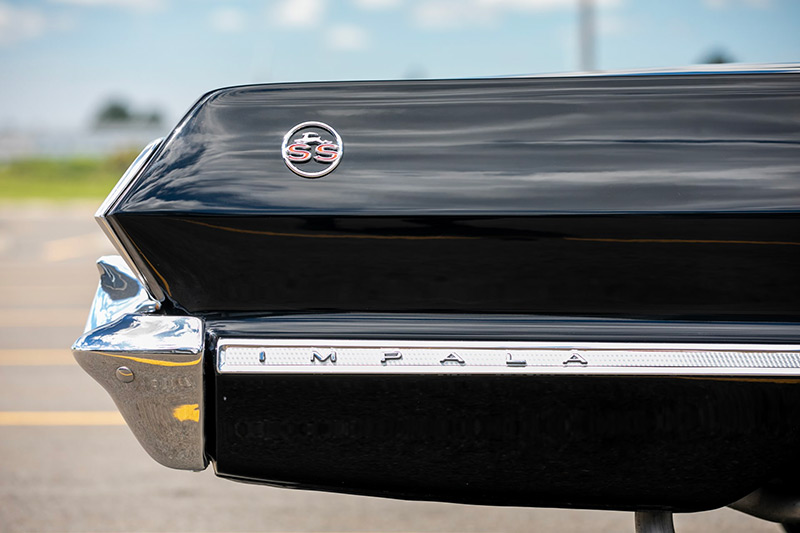
The 1963 Chevrolet Impala SS 409 stands as a testament to early muscle car prowess. Sporting a 409 cubic inch (6.7 L) V8 engine, this beast could churn out impressive horsepower (425 horsepower with dual four-barrel carburetors), making it a favorite on the drag strip. The Impala SS 409 wasn’t just about power; it also featured stylish looks with its sleek lines and distinctive SS badging. This model helped popularize the phrase “409,” immortalized in the Beach Boys’ hit song.
1965 Chevrolet Chevelle Malibu SS 396

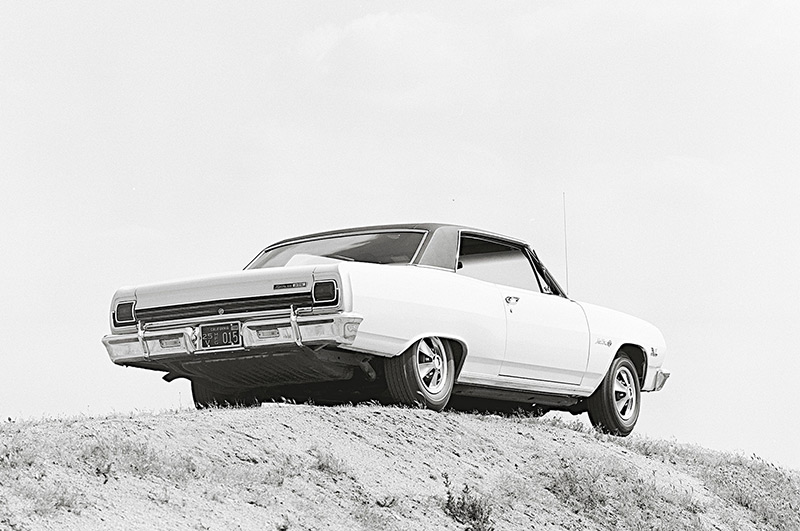
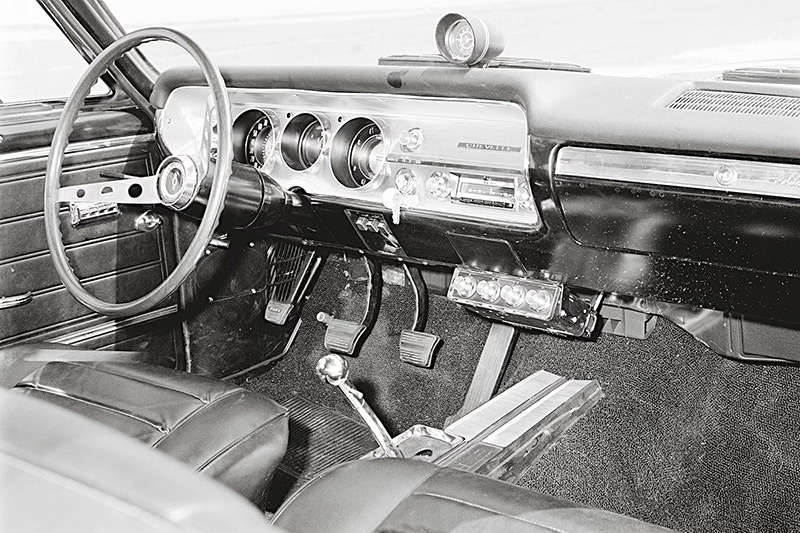

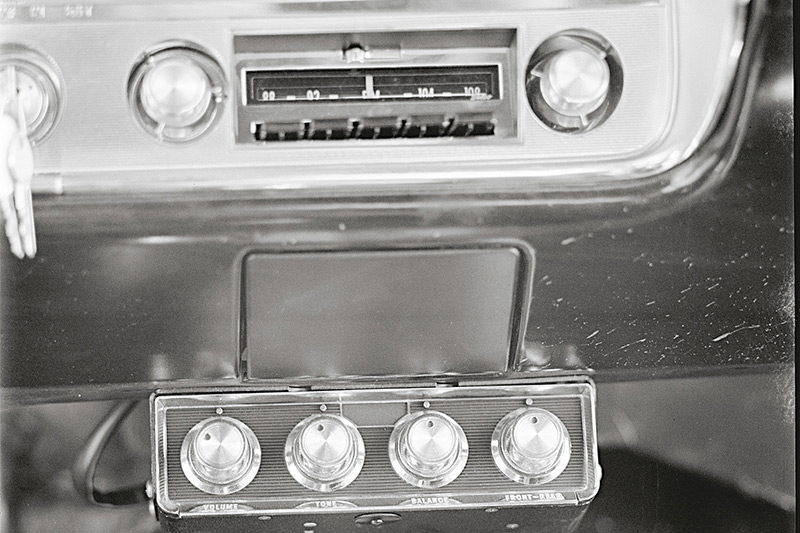



Chevrolet took a significant leap in the middle of the 1965 model year by introducing the Chevelle Malibu SS 396. The Chevelle Malibu SS 396 was Chevrolet’s response to the GTO, quickly gaining popularity due to its powerful engine and aggressive styling. Both cars offered impressive performance for the era, with the Chevelle Malibu SS 396 having a slight edge in horsepower and acceleration times. The 396 cubic inch (6.5 L) V8 engine (the first big block in a Chevelle) offered a potent mix of power and performance, cementing the Chevelle’s place in muscle car history.
1966 Chevrolet Nova SS

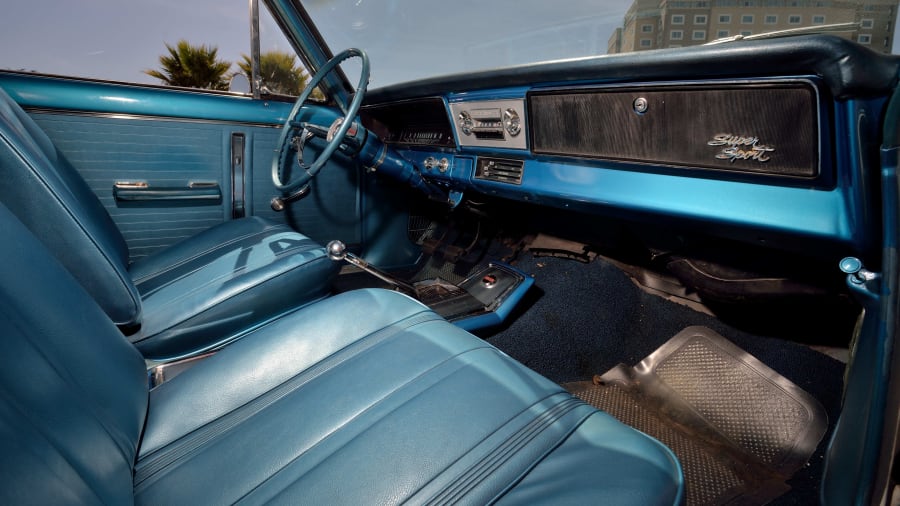




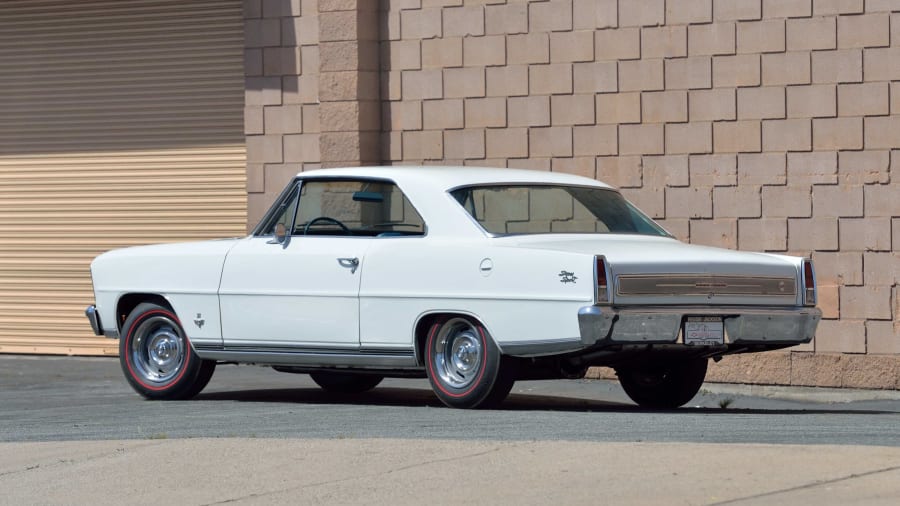
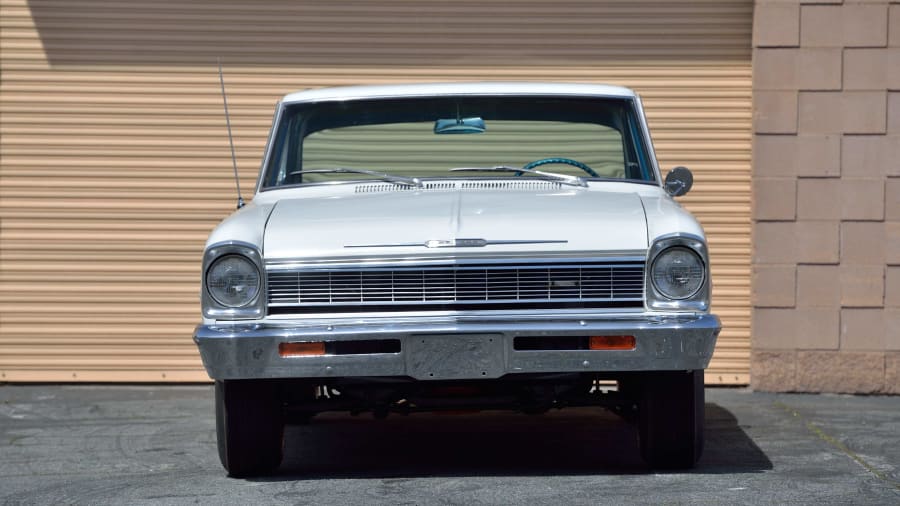
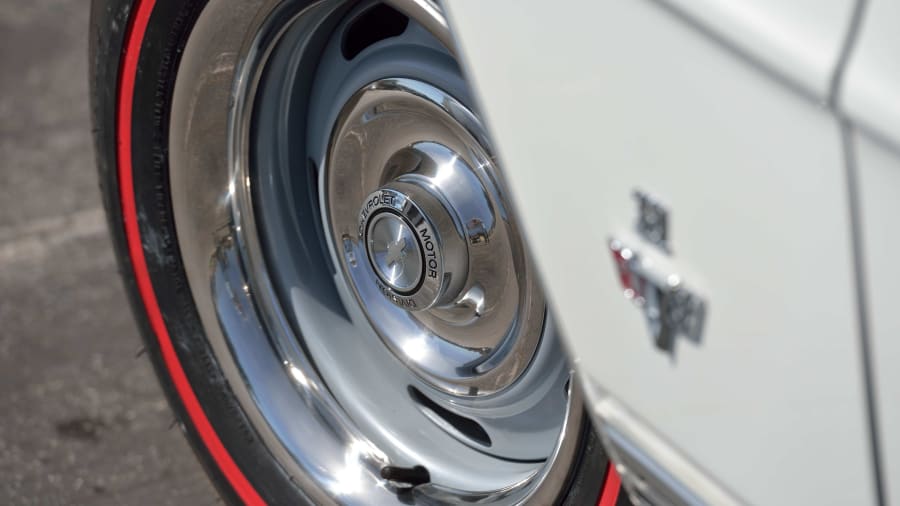
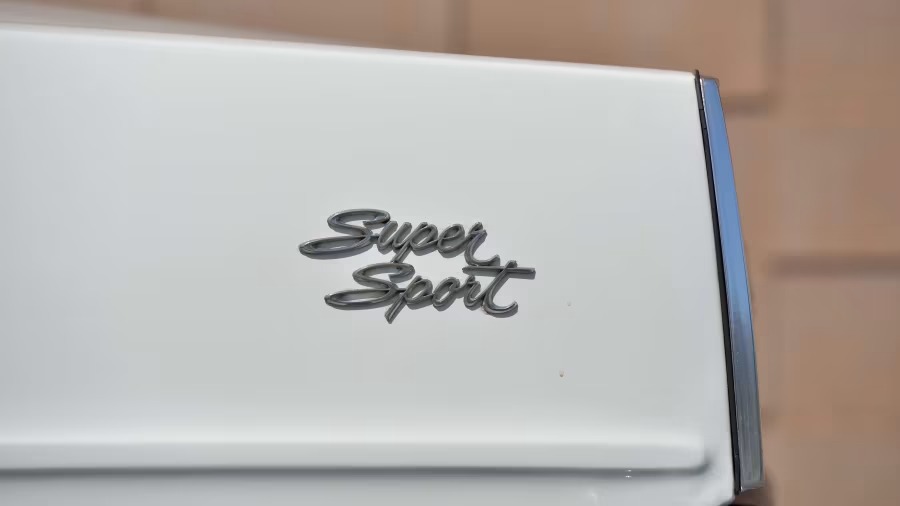
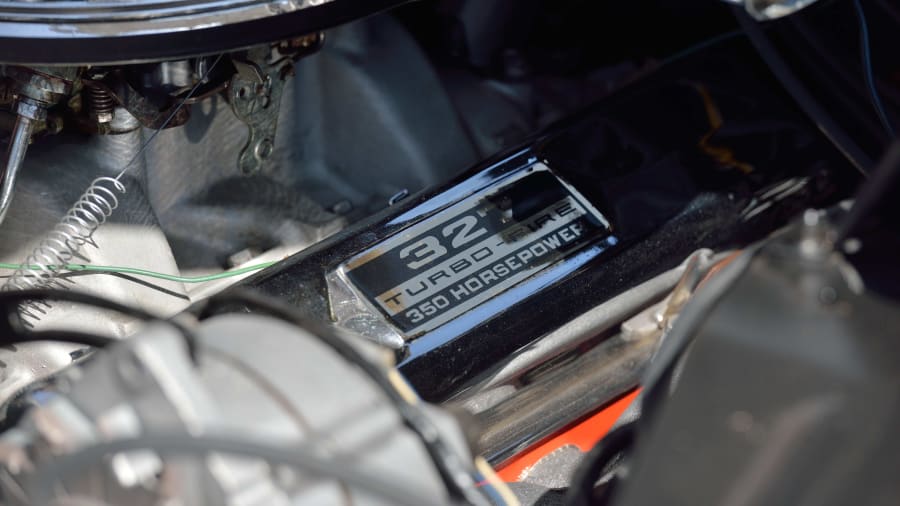
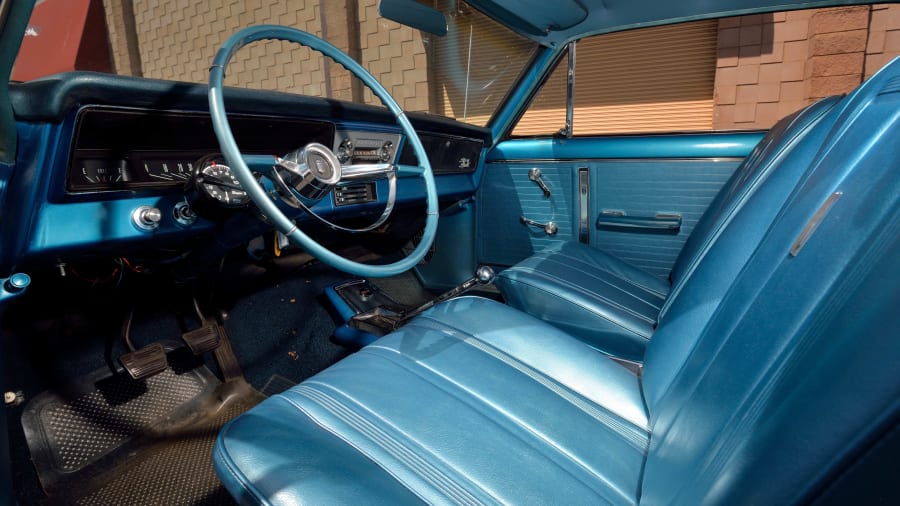
The 1966 Chevrolet Nova SS might have been smaller in size than some of the other cars on this list, but it packed a serious punch. The 1966 Chevrolet Nova SS achieved considerable success in the world of drag racing. Equipped with the potent L79 engine option (which it shared with the Corvette and Chevelle), a high-compression 327 cubic inch small block V8 producing 350 horsepower fitted to a car weighing in at around 3000 lbs., the Nova SS became a formidable competitor. It was particularly popular in the NHRA Stock and Super Stock, often dominating its class.
1967 Chevrolet Camaro Z28
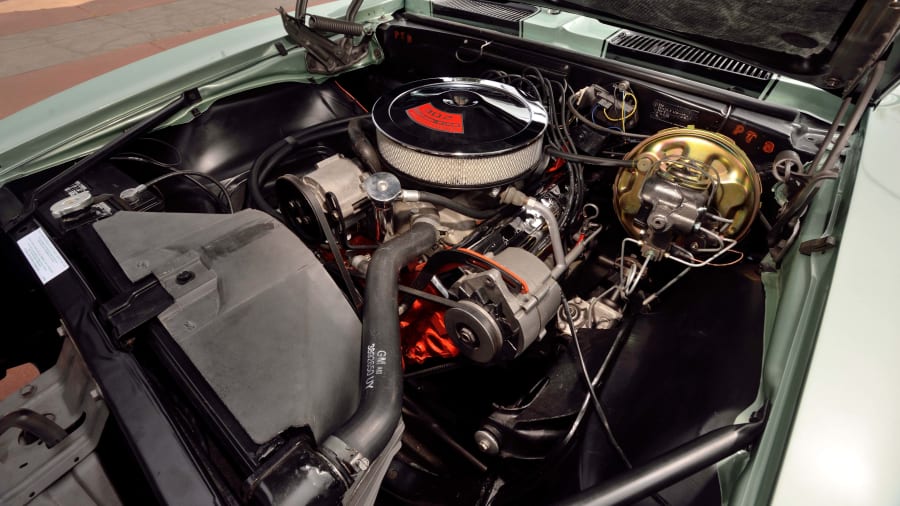
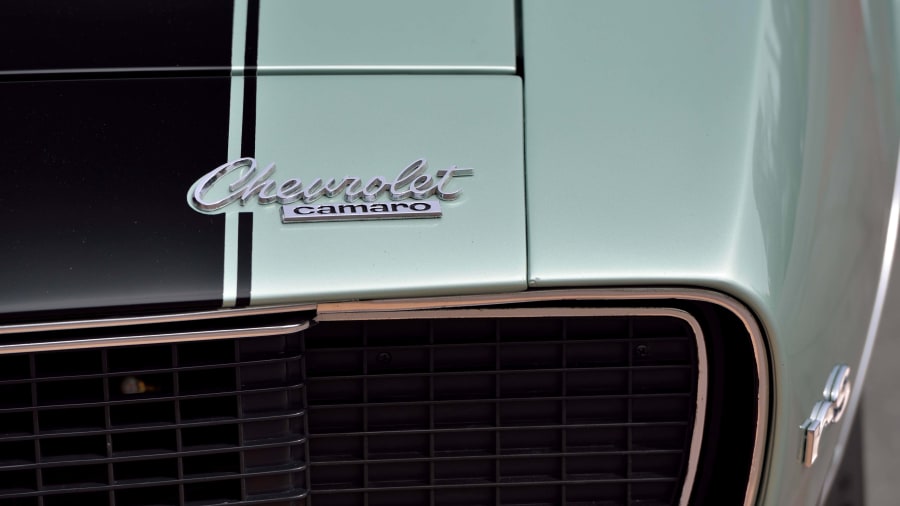
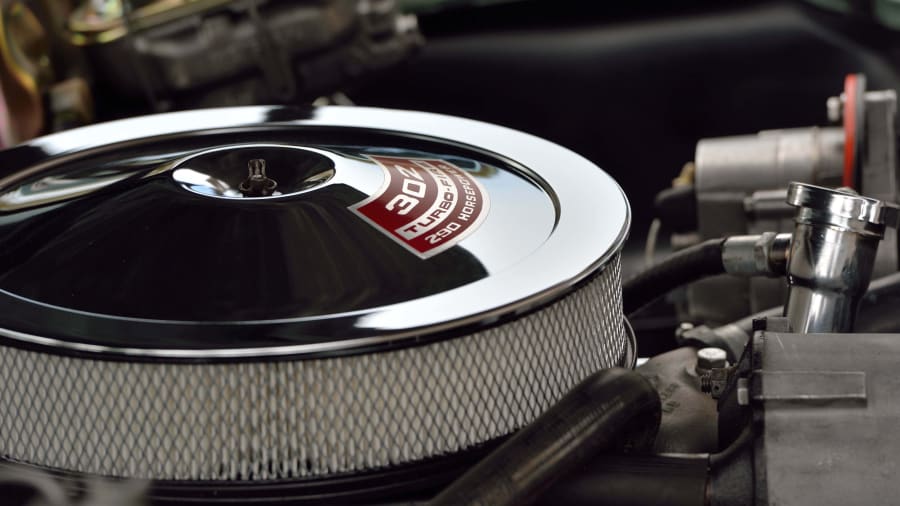

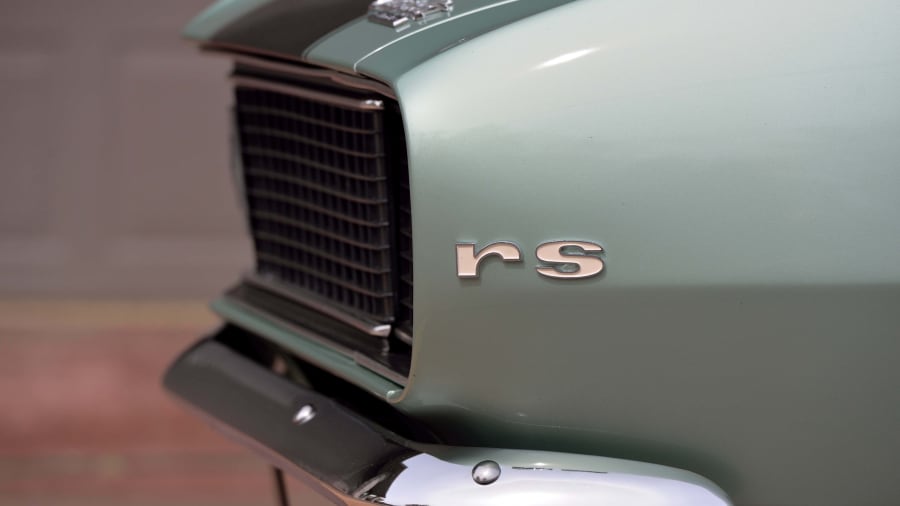
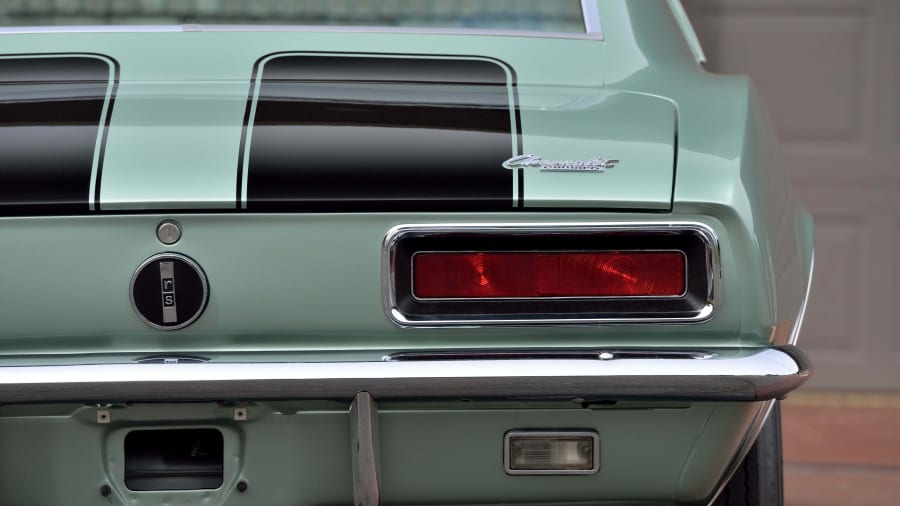
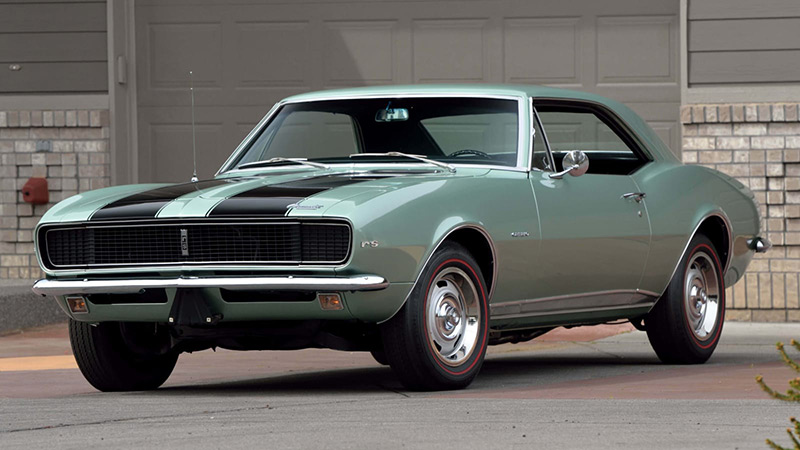
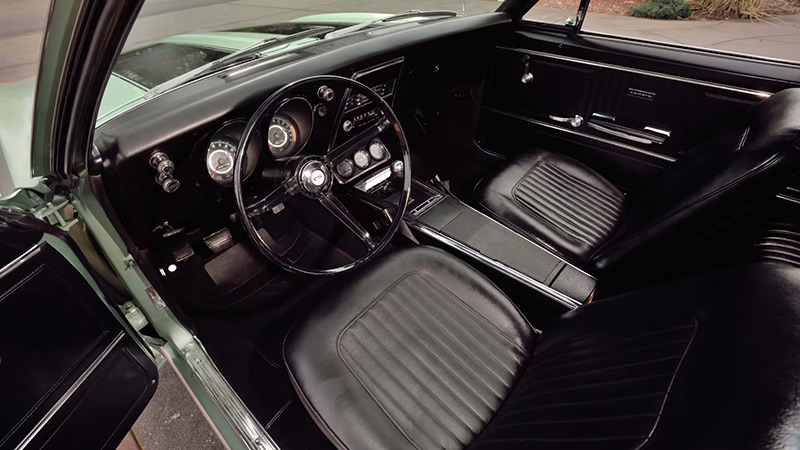

Chevrolet launched the Camaro in 1967 to compete with Ford’s Mustang, and the Z/28 variant quickly set itself apart. The Camaro Z/28, with its high-revving short stroke 302 cubic inch (5.0 L) V8 engine, was developed explicitly for SCCA Trans-Am racing. In 1968, the Camaro dominated the series, winning ten out of the twelve races, leading Chevrolet to secure the manufacturers’ championship. Following up in 1969, the Camaro Z/28, driven by Mark Donohue for Penske Racing, continued its success, clinching the manufacturers’ championship once again.
1967 Chevrolet Corvette Sting Ray L88
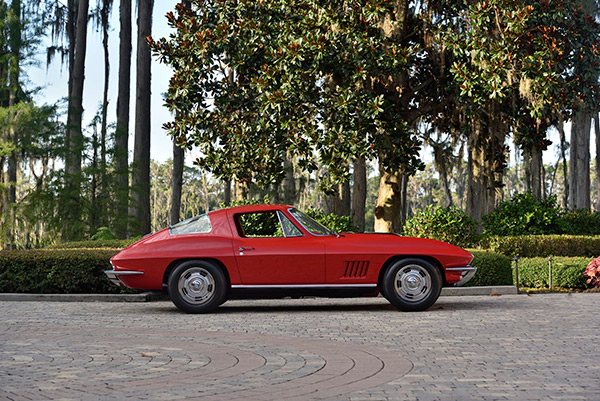
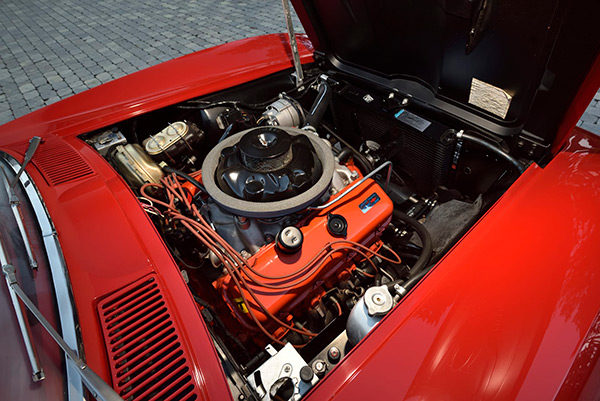
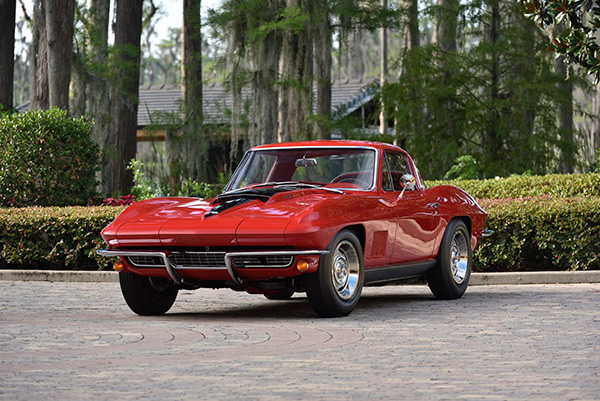
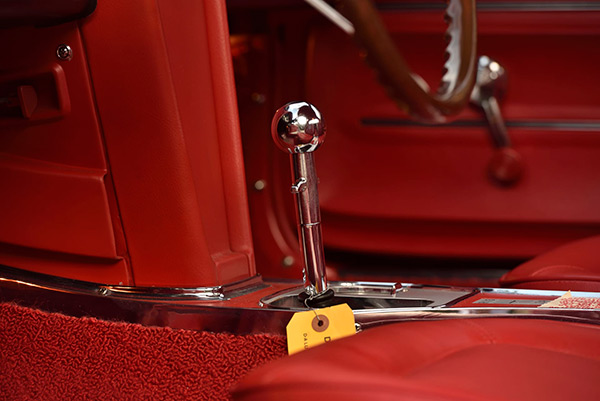
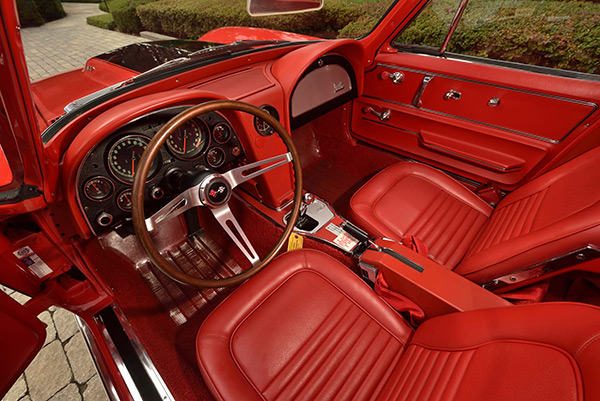
The 1967 Corvette Sting Ray L88 is one of the rarest and most coveted muscle cars ever produced. With a monstrous 427 cubic inch (7.0 L) V8 engine, Chevy engineers developed the L88 for the track. Only 20 units were built, primarily aimed at serious racing teams rather than casual consumers. The L88’s racing credentials are impressive, with its most notable success being a first-place finish in the over-5.0 L GT class and tenth overall at the 1967 12 Hours of Sebring. Additionally, over its racing career, the L88 Corvette amassed nearly 400 podium finishes and over 150 wins, including a streak of 52 consecutive victories.
1968 Chevrolet Impala SS 427
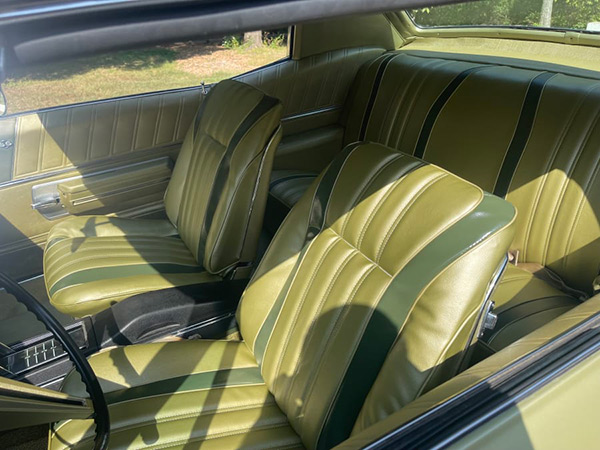


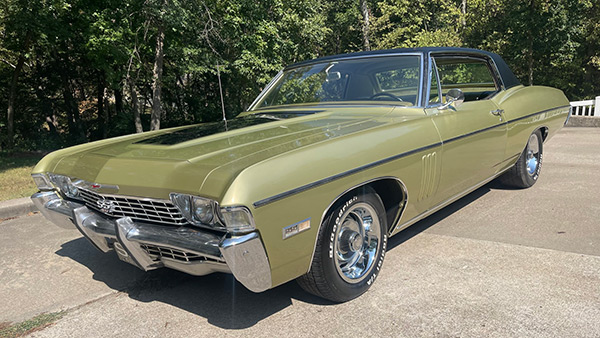

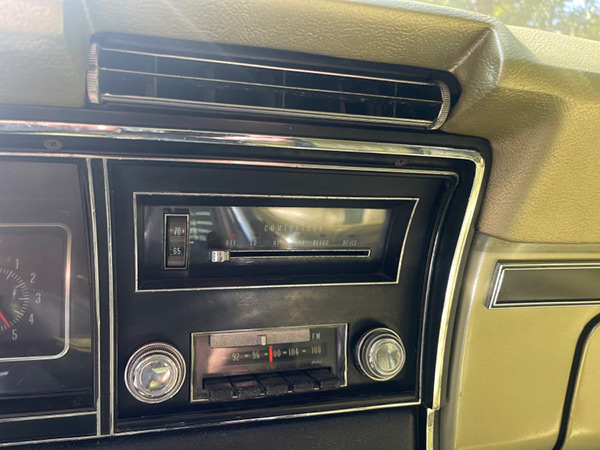
In 1968, Chevrolet introduced the Impala SS 427, a full-size muscle car with performance to match its size. The 427 cubic inch (7.0 L) V8 engine was available in two versions. The base version produced 385 horsepower, while the L72 version, equipped with solid lifters, produced a formidable 425 horsepower. The 1968 SS 427 had unique styling cues that set it apart from other Impalas, including special badging, a domed hood, a distinctive grille and taillights, bucket seats, a center console, and an SS-specific steering wheel.
1969 Chevrolet Camaro SS 396

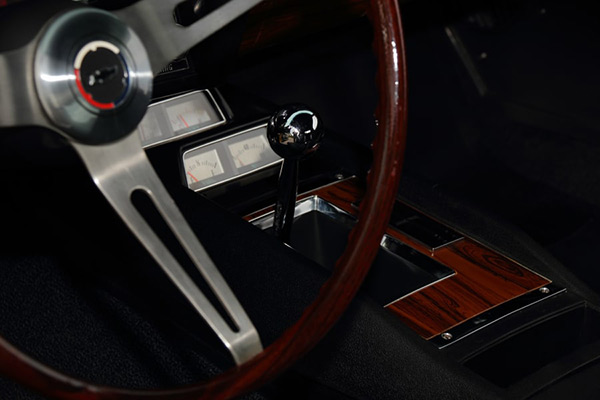
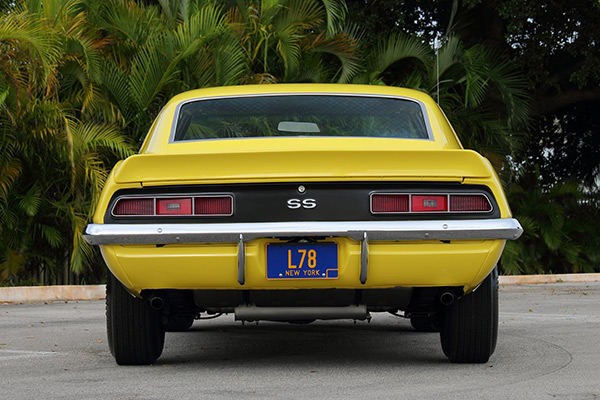


The 1969 Camaro SS 396 remains one of the most iconic muscle cars ever built. Chevrolet redesigned the Camaro that year, giving it a more aggressive look. The SS 396 model featured a big block 396 cubic inch (6.5 L) V8 engine. The L78 version produced 375 horsepower, thanks to a high-rise aluminum intake manifold with a Holley 780 CFM four-barrel carburetor, rectangular port heads and an aggressive solid lifter camshaft, which made the SS 396 a formidable competitor on the drag strip. The 1969 Camaro SS 396 could achieve 0-60 mph in approximately 6 seconds and complete the quarter-mile in about 14 seconds, which was highly competitive for its time.
1969 Chevrolet Chevelle SS 396
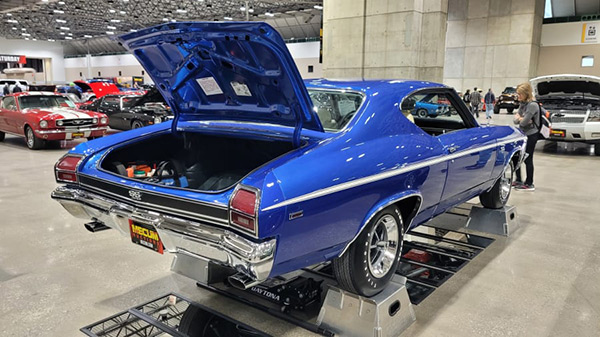

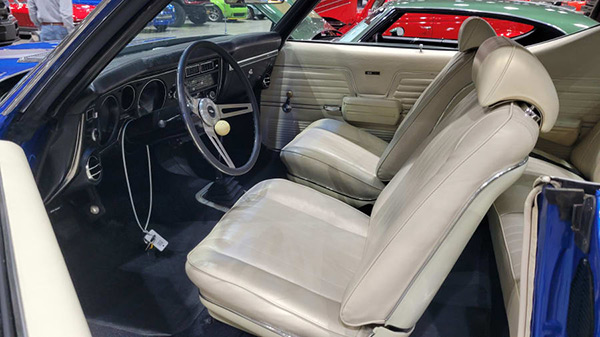

The 1969 Chevrolet Chevelle SS 396 is renowned for its impressive performance features and specifications, solidifying its classic muscle car reputation. At the heart of the SS 396 was its powerful 396 cubic inch (6.5 L) V8 engine, available in three configurations: the base 325 horsepower L35, the mid-range L34 producing 350 horsepower, and the high-performance L78 generating 375 horsepower. Underneath were heavy-duty suspension components, including stiffer springs, reinforced control arms, and a beefier front sway bar, ensuring improved handling and stability at high speeds.
1969 Chevrolet Corvette ZL1


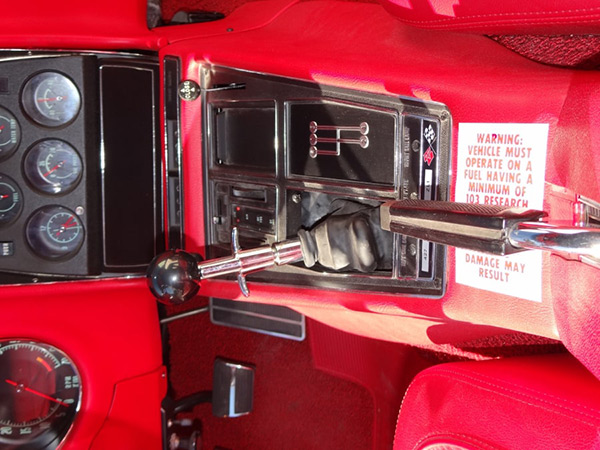
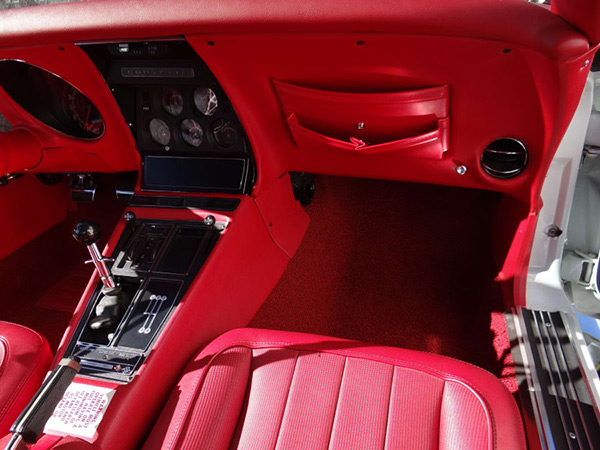
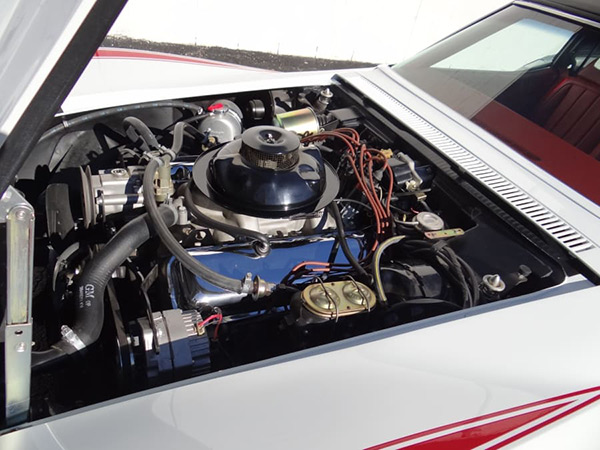
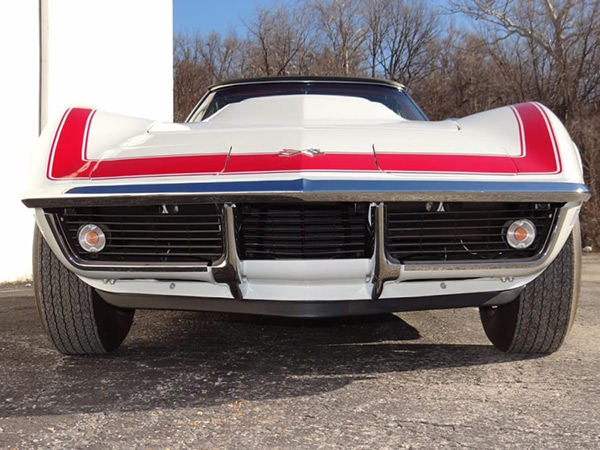
The 1969 Chevrolet Corvette ZL1 stands as one of the rarest and most formidable American muscle cars ever produced, with only two units officially built. Chevrolet intended the ZL1 for competitive racing, and its lightweight construction and powerful engine made it a dominant force on the track. At the heart of the ZL1 was its revolutionary all-aluminum 427 cubic inch (7.0 L) V8 engine, developed to produce 430 horsepower. The ZL1 was equipped with a heavy-duty Muncie M22 “Rock Crusher” four-speed manual transmission and a choice of performance-oriented rear axle ratios. Its independent front and rear suspension ensured superior handling and control, making it suitable for drag and road racing.
1970 Chevrolet Chevelle SS 454

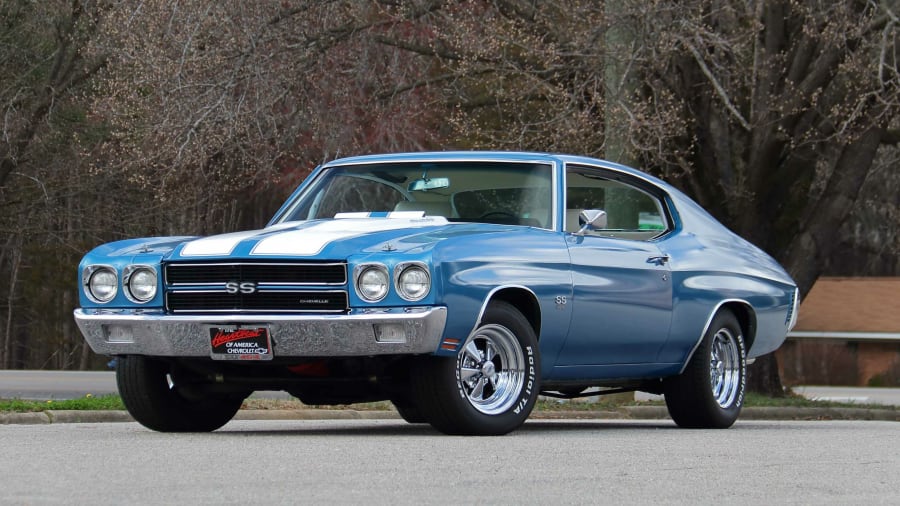
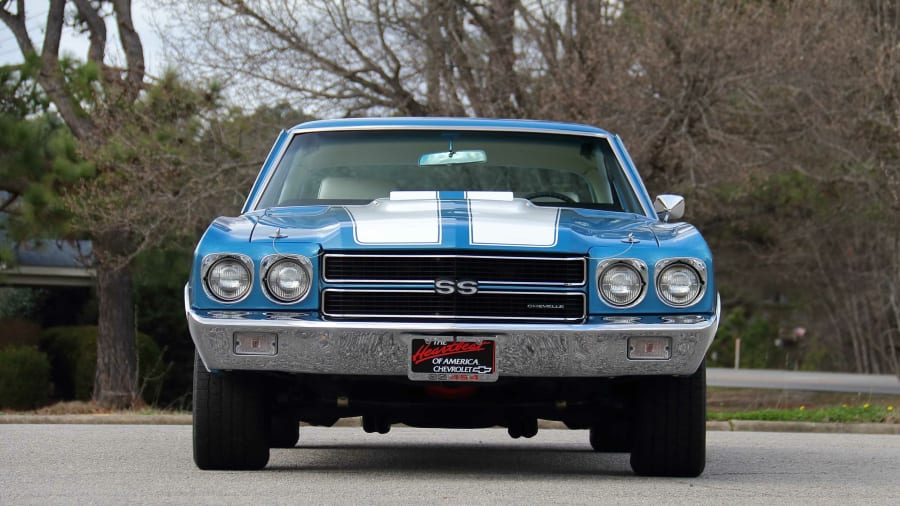
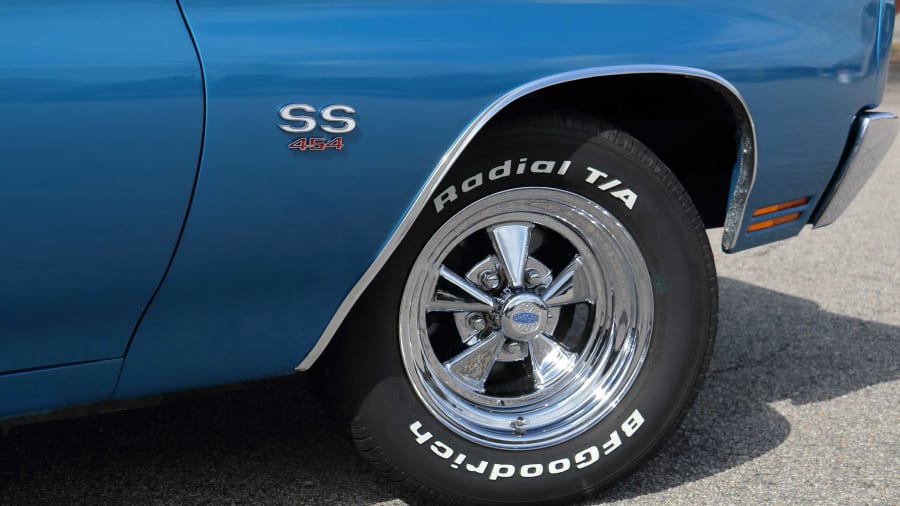

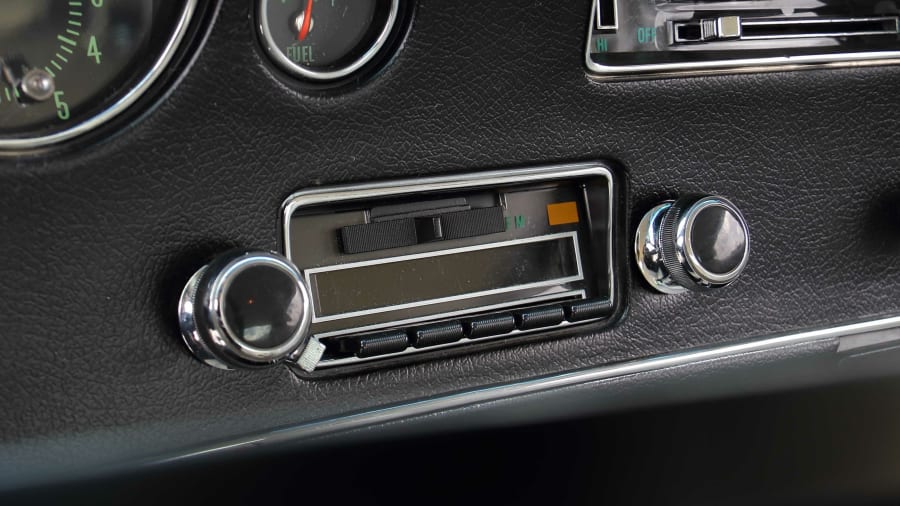
The 1970 Chevrolet Chevelle SS 454 is celebrated for its groundbreaking performance features and specifications, distinguishing it as one of the most potent muscle cars of its time. The 454 cubic inch (7.4 L) V8 engine was central to its performance, offered in two configurations: the LS5 and the legendary LS6. The LS5 variant produced 360 horsepower, while the LS6 version delivered an astounding 450 horsepower and 500 lb-ft of torque, making it the era’s most powerful production car engine. The LS6 engine featured a high-performance camshaft, solid lifters, an aluminum intake manifold, and an 800 CFM Holley four-barrel carburetor.
The 1970 Chevelle SS 454’s embodies the bold, powerful, and unrestrained spirit of the American muscle car era, and its influence can still be seen in contemporary car culture. The Chevelle SS 454 is a testament to the innovation and passion defining the golden age of muscle cars.
Conclusion
These Chevrolet muscle cars from the 1960s played a significant role in shaping the era’s automotive landscape. From the early days of the Impala SS 409 to the raw power of the Chevelle SS 454, Chevrolet consistently pushed the boundaries of performance and design. These cars are more than just vehicles; they’re symbols of a bygone era cherished by enthusiasts and collectors alike. The enduring appeal of these muscle cars speaks to their lasting impact on American culture and automotive history.



